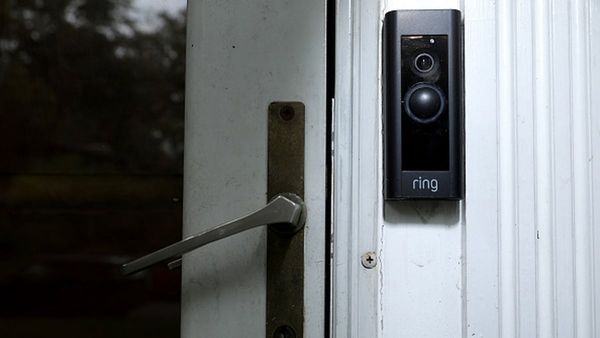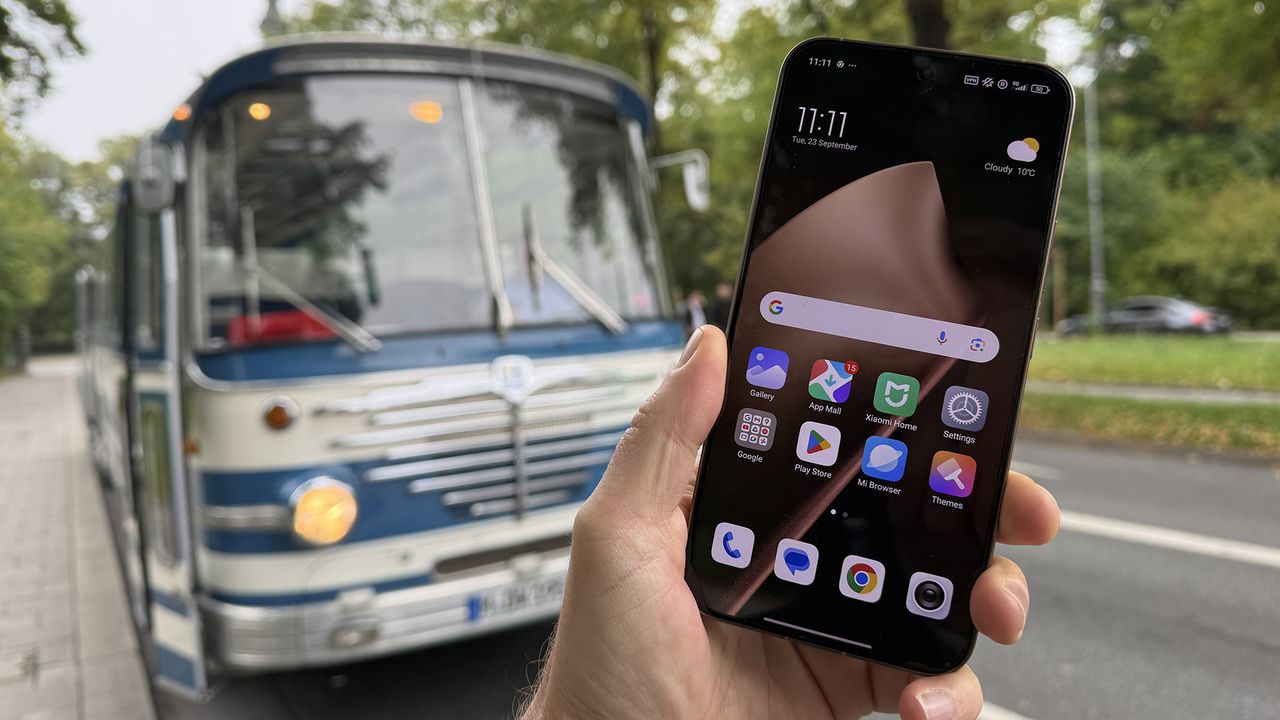
The quality of phone cameras continues to climb. While it’s long surpassed the point where a separate camera is necessary for most people, with every generation, we see improvements. Megapixels are often the first gauge in quality, with a general belief that more is better, though DSLRs taught us that the size of the sensor and the quality of the glass are often more important.
Xiaomi has long focused on the photographic abilities of its cameras, with its flagship Xiaomi 15 Ultra being almost more camera than phone, and delivering extremely high-quality results. The new Xiaomi 15T Pro doesn’t have quite the same camera bump on the back, but it does offer three really impressive cameras that deliver standout shots.
I’ve been using the phone ahead of its reveal in Germany for the last few days, and it was its cameras that impressed me the most. The 15T Pro is a mid-tier phone, replacing the very capable Xiaomi 14T Pro.
On the rear, it features three Leica cameras: a 50MP main camera giving you a 23mm equivalent focal length, a 12MP ultra-wide camera giving you a 15mm equivalent and a 50MP 5x telephoto camera giving you 115mm equivalent. While the ultra-wide is a little low on resolution, and it doesn’t have the 200MP telephoto of the 15 Ultra, it’s still a solid set of lenses.
It does look like the 15T Pro should have a fourth camera there, but in fact, that fourth circle holds the sensors. In the settings, you can change the default focal length between 23mm, 28mm and 35mm. You can also choose from JPG and HEIF, and high, medium and low picture quality.
This is the first T-series Xiaomi to use a periscope lens for its telephoto and the Leica optics of this 115mm equivalent lens are unique to the Pro model. Being a 50MP sensor, you can actually crop into the shot to create a 10x zoom at 12.5MP. You can even zoom in further using digital zoom to up to 20x – an equivalent of 460mm. This uses AI to enhance the image and make it sharper.
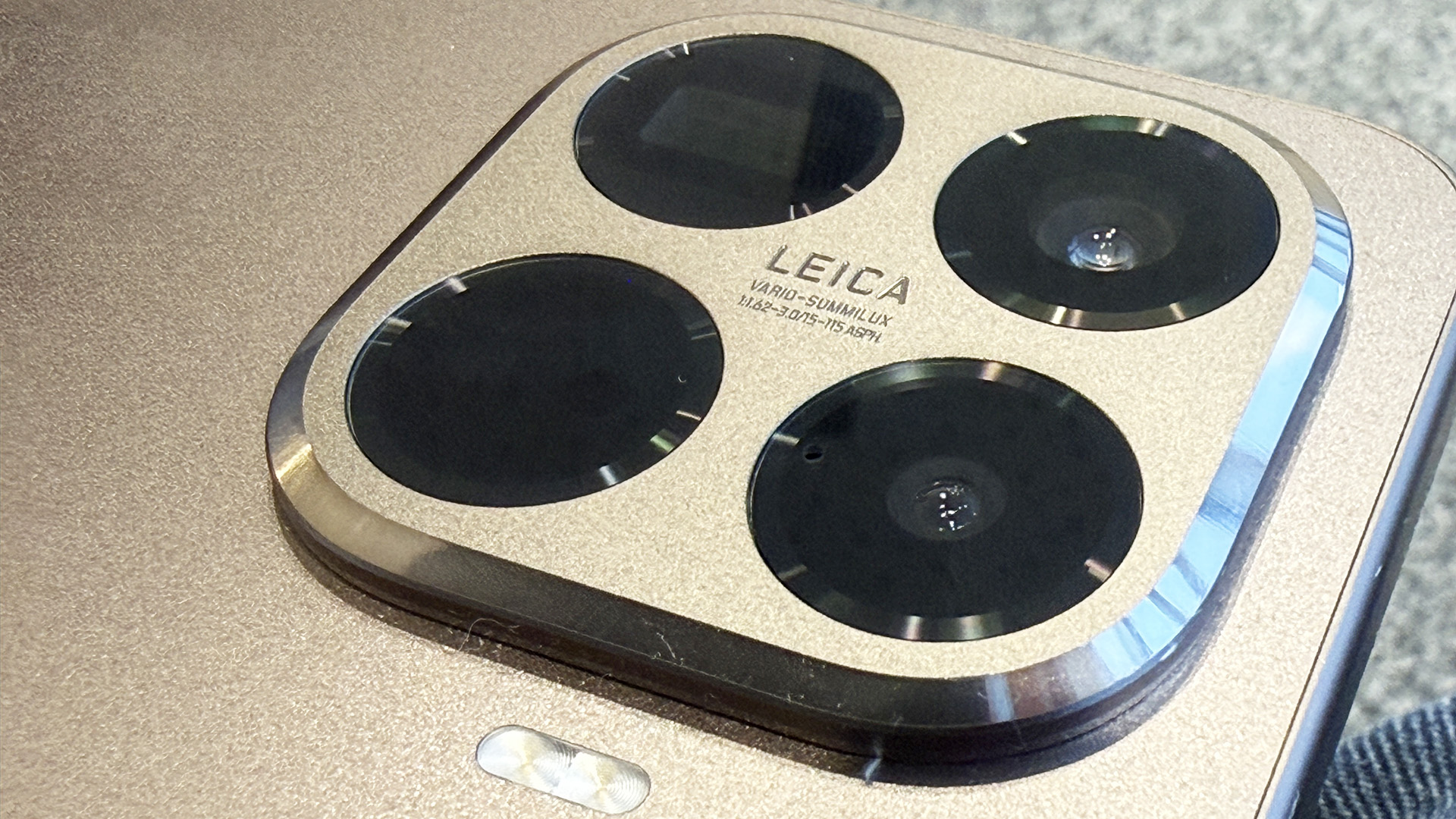
The camera app keeps the process of taking pictures and videos simple, though more advanced features, such as exposure compensation, are close at hand. You can also switch between Leica’s vibrant and authentic colour styles or explore a range of Leica and filmic filters.
The filters actually feel photographic here, and while I tend to make changes after shooting, I could see myself shooting in a number of them, including the Positive and Negative film modes and the Leica High Contrast Black and White mode.
One nice touch is the Fastshot function, accessed by double-pressing the volume down button. This opens the camera app and immediately takes a pic, giving you a wider viewfinder with crop lines for the different lenses. You can continue to take pictures using the volume down button in this mode, making it perfect for those sudden moments.

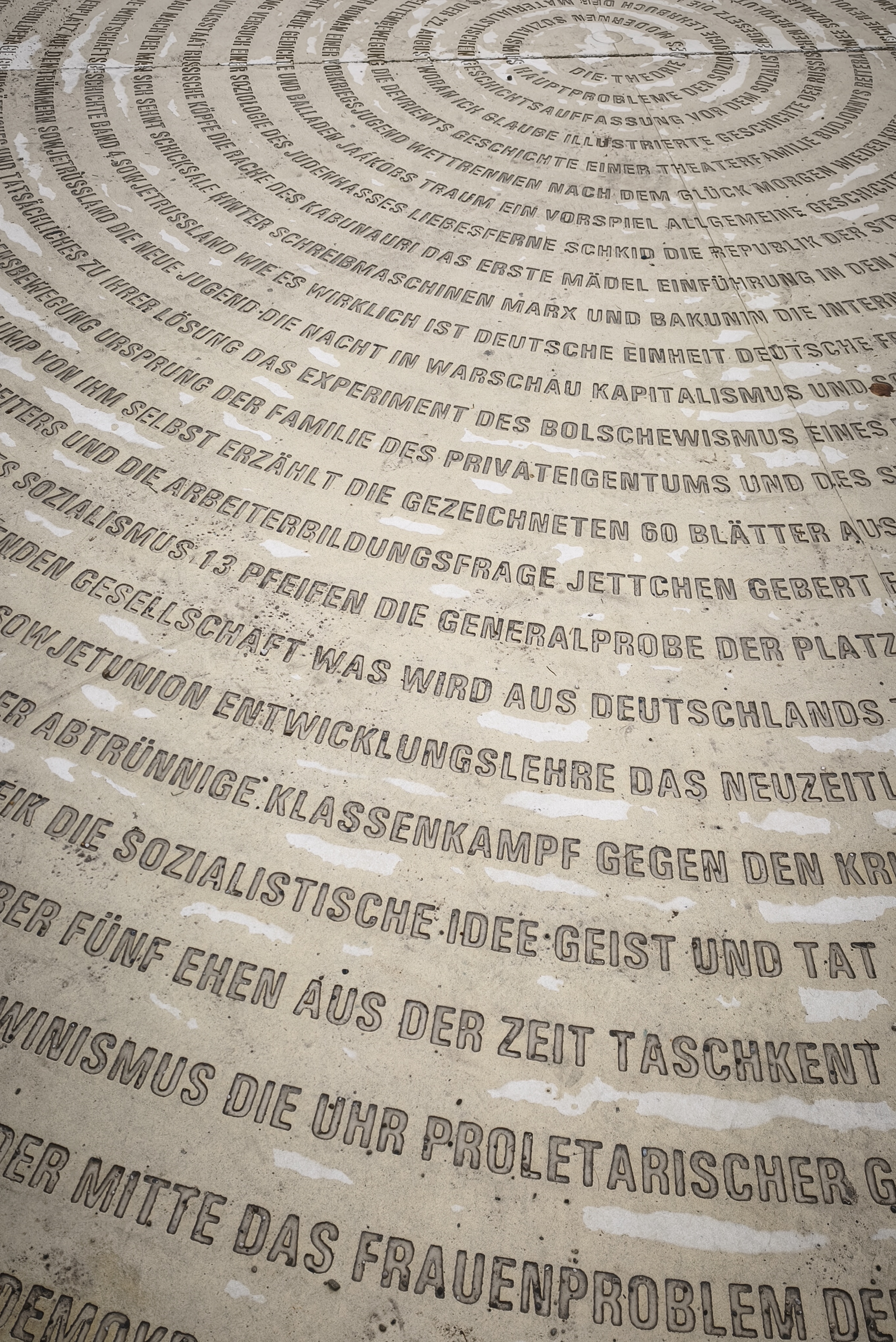
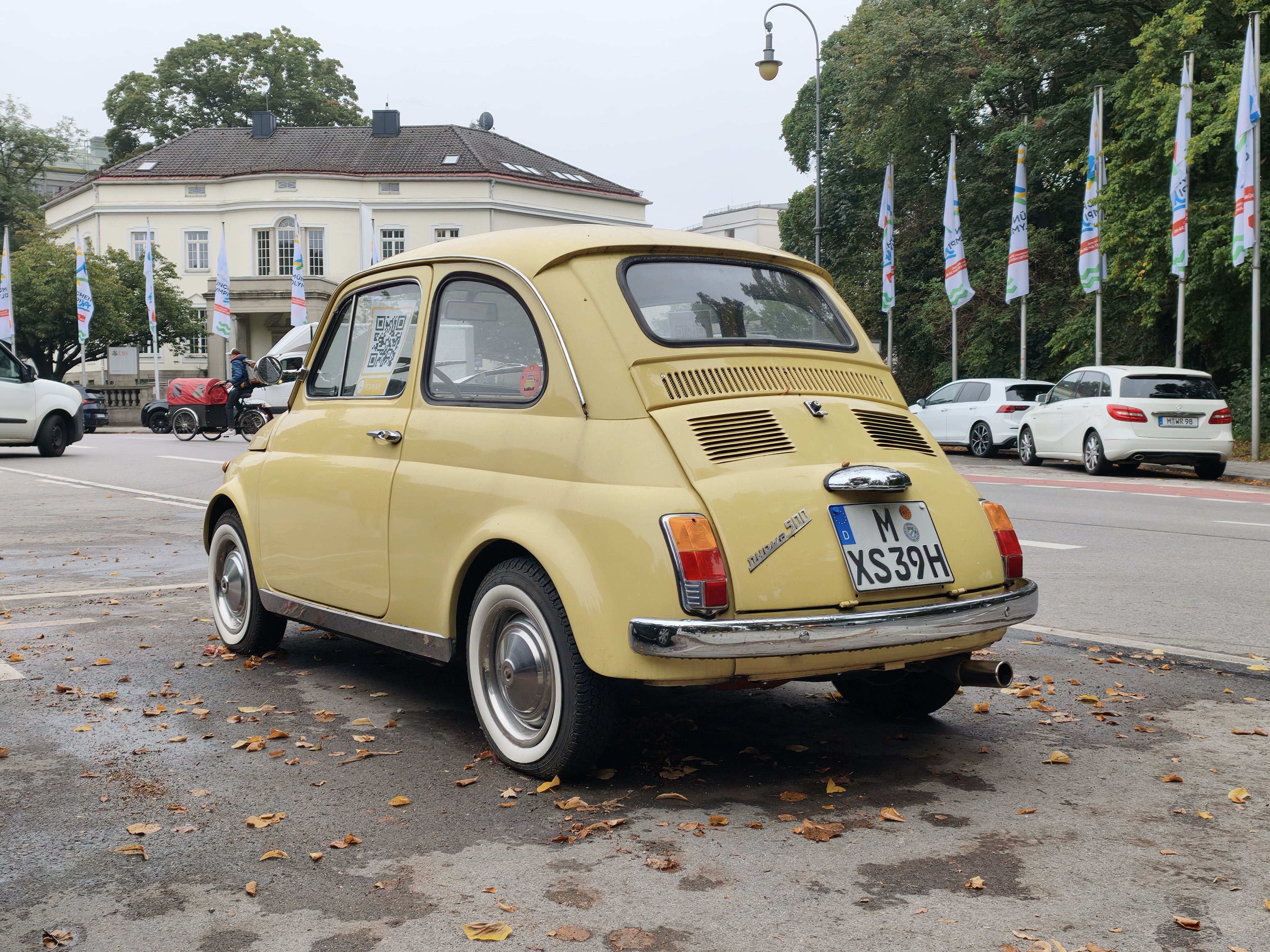
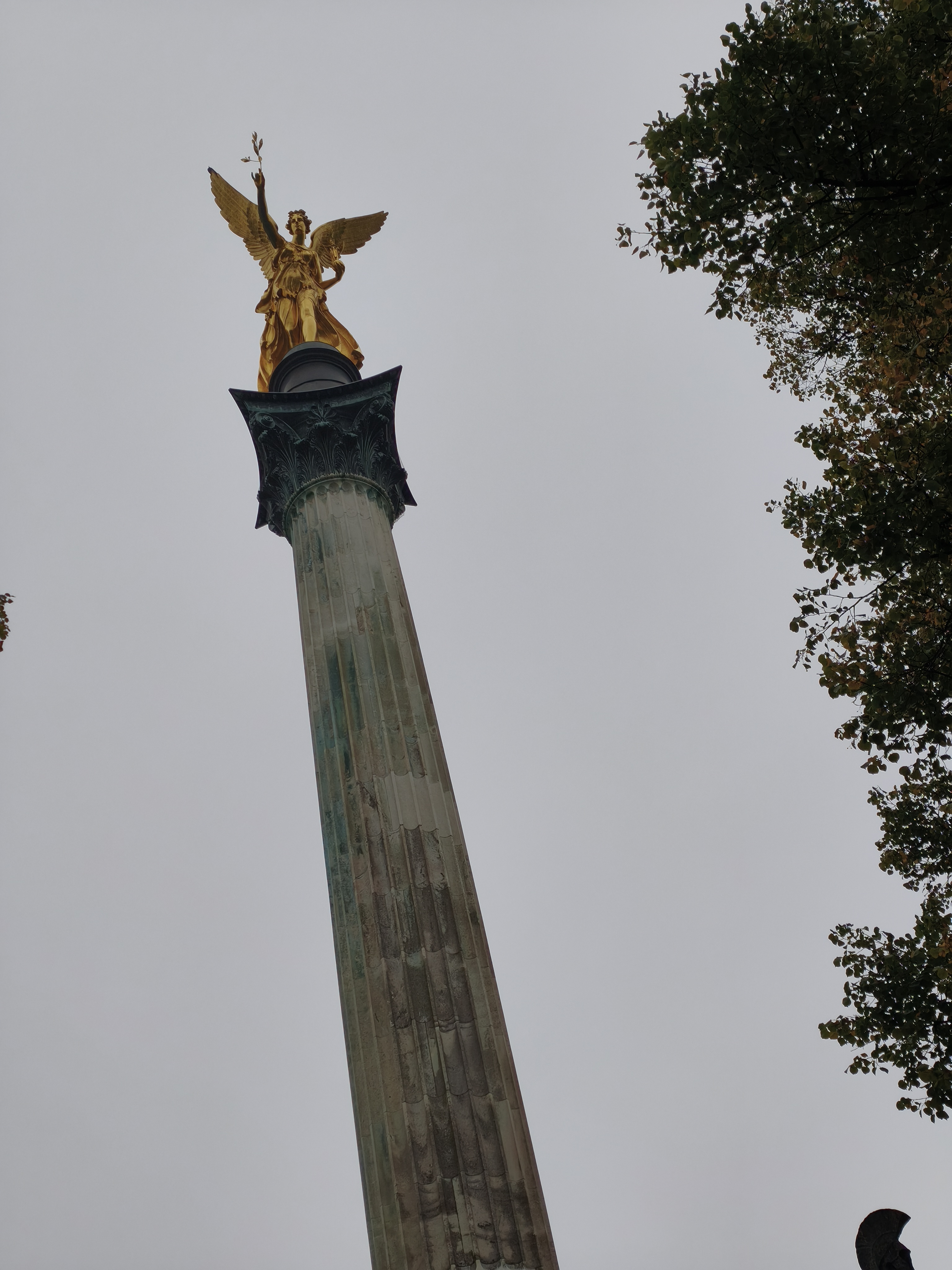



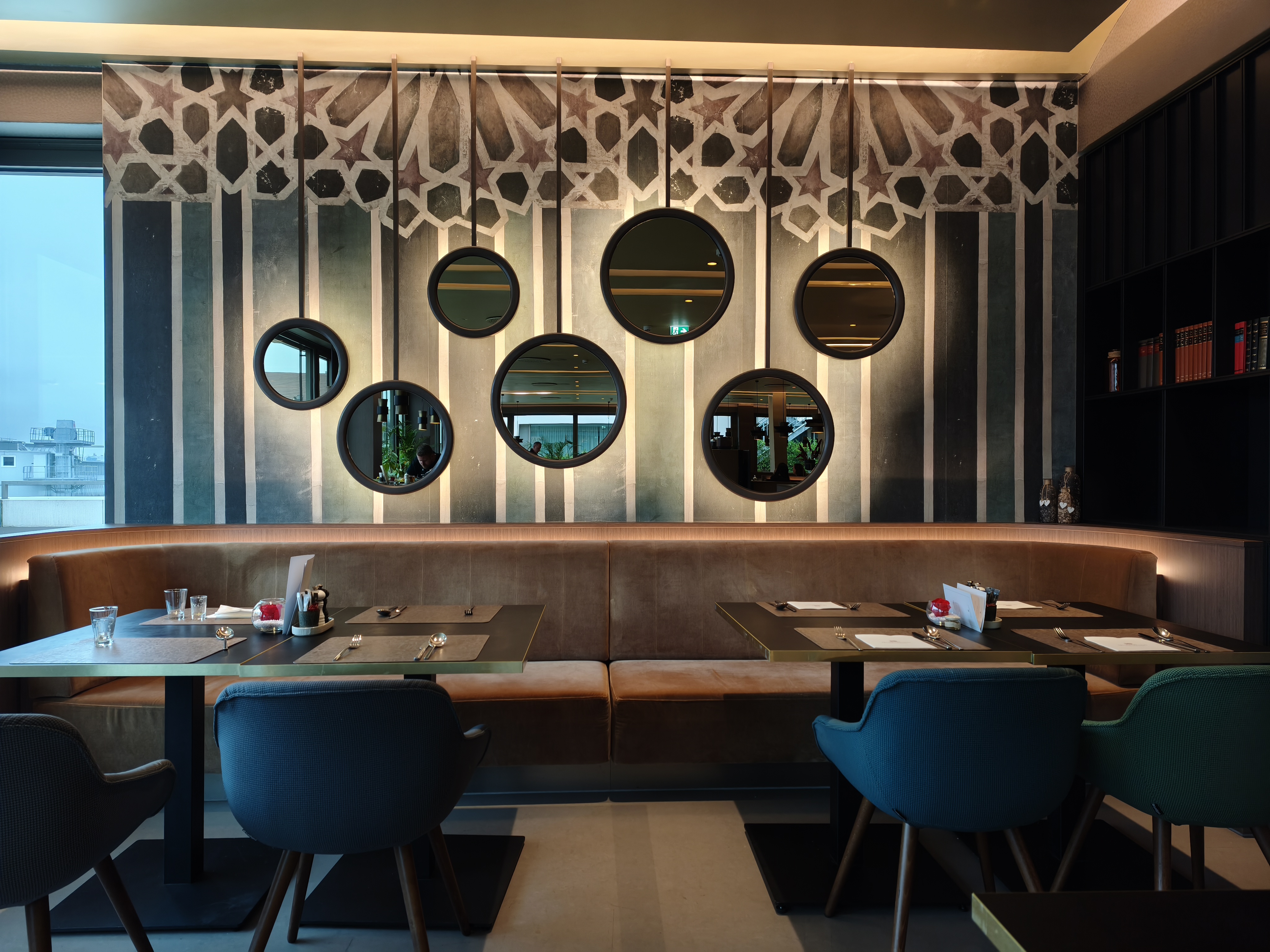
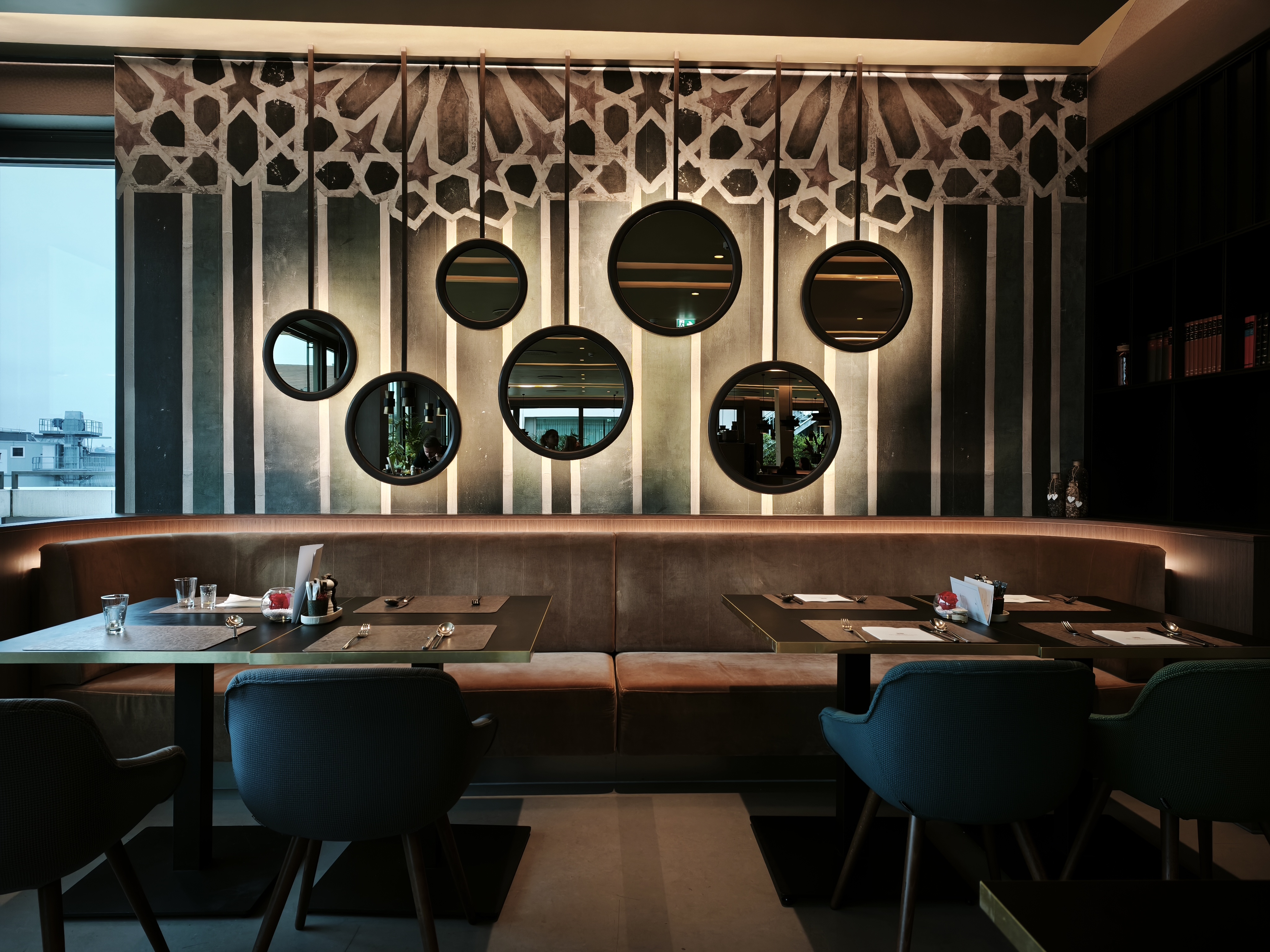
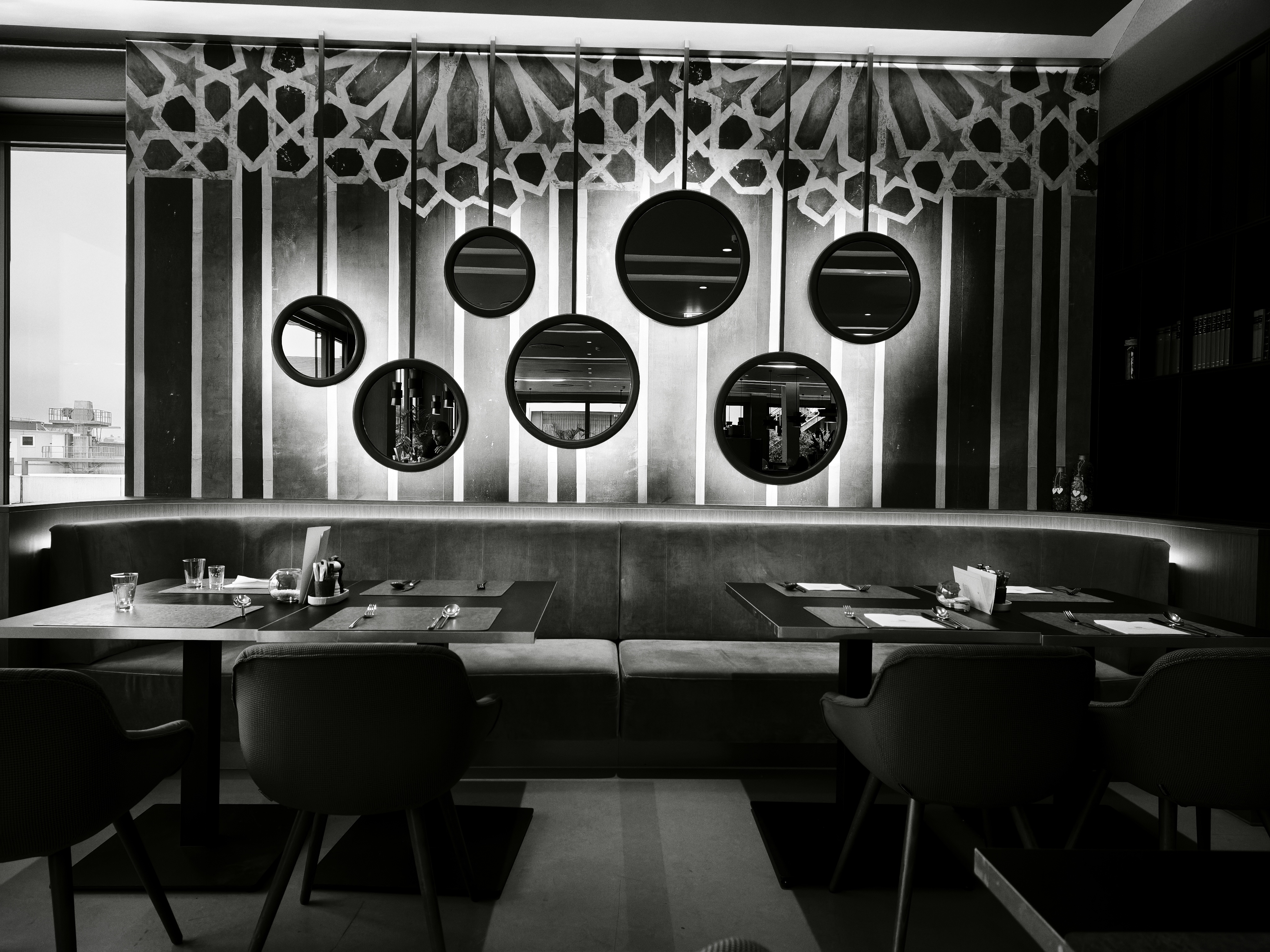
The other benefit for photography is the quality of the screen on the Xiaomi 15T Pro. At 6.83 inches, it’s the largest to date and the AMOLED display has a 1.5K resolution with 3200 nits peak brightness and 144Hz maximum refresh rate. The result is everything looks amazing on it.
One thing that impressed me about the images was the richness of the colours, especially in low light, and the sharpness of the subjects. Even casual snaps from the back of a taxi at night looked sharp and detailed. In more typical lighting conditions, subjects standout thanks to a relatively shallow aperture (and a little processing). Even with the 5x zoom, subjects are kept sharp thanks to the image stabilisation. Even at 10x zoom the images look really well detailed.
Perhaps the most impressive thing about the images from the Xiaomi 15T Pro is that they come from a mid-range camera that costs under £650. While under extreme scrutiny you may find better results from some flagship phones, this is a relatively affordable handset with some impressive features.



